Droopy Peace Lily!
Jasmine
3 years ago
Related Stories

LANDSCAPE DESIGN9 Peaceful Garden Scenes to Bring a Moment of Serenity
Lose yourself in these beautiful gardens and see if any inspire design ideas for your outdoor space
Full Story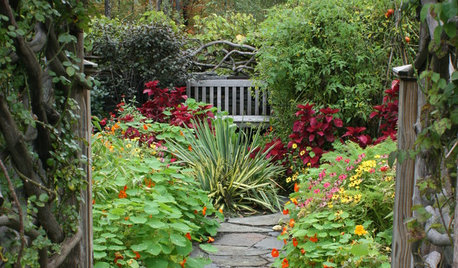
GARDENING AND LANDSCAPING11 Garden Retreats for the Creatively Inclined
Finally finish that novel, opera or oil painting you’ve been working on by drawing inspiration from these peaceful retreats
Full Story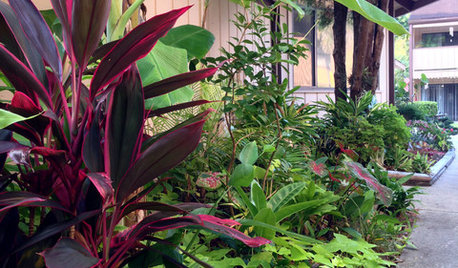
GARDENING GUIDESA Mom, a Garden and a Gift for the Neighbors
Gardening can be therapeutic in unexpected ways. See how one gardener found peace and purpose in a patch of Florida soil
Full Story
FEEL-GOOD HOME6 Design Ideas for Happy Pets
Keep your dog or cat feeling safe and in high spirits, and you'll all feel more at peace. Here's how
Full Story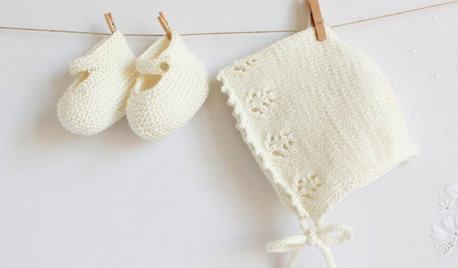
PRODUCT PICKSGuest Picks: A Healthy and Happy Modern Nursery
Organic fabrics and natural materials give you peace of mind without sacrificing style
Full Story
NEUTRAL COLORS8 Great Color Palettes: Surprising Bedroom Neutrals
Peaceful plum, relaxing black and many shades of gray show an unpredictably neutral nature in the bedroom
Full Story
HOUSEPLANTSMeet a Houseplant With Excellent Communication Skills
It droops when thirsty, revives quickly and thrives under fluorescents. You may want to hire this hard worker for both home and office
Full Story
GARDENING AND LANDSCAPINGHow to Make a Pond
You can make an outdoor fish paradise of your own, for less than you might think. But you'll need this expert design wisdom
Full Story
GARDENING AND LANDSCAPINGGarden Tour: Enchanting Greek Landscape
Get Ideas for Mediterranean-Style Plantings on a Beautiful Paros Garden Stroll
Full Story
TASTEMAKERSTake a Behind-the-Scenes Tour of Netflix’s ‘Grace and Frankie’
Set decorator Beauchamp Fontaine explains the design decisions behind the home sets featured in the new Netflix series
Full StorySponsored
Your Industry Leading Flooring Refinishers & Installers in Columbus
More Discussions






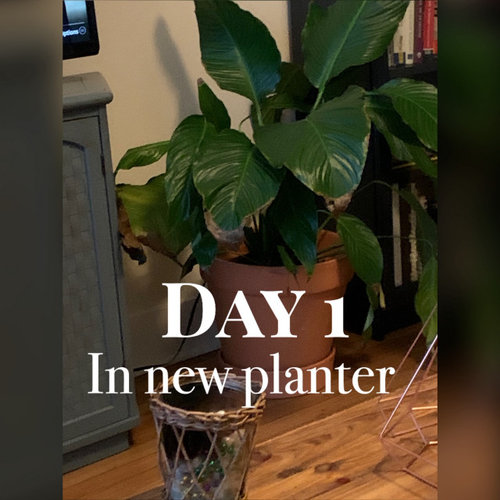
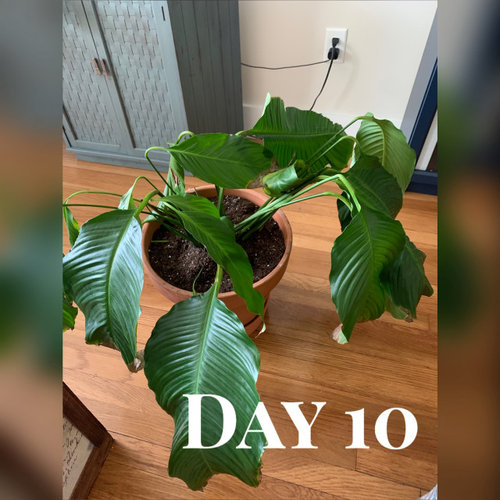

tapla (mid-Michigan, USDA z5b-6a)
Related Professionals
New Mexico Landscape Architects & Landscape Designers · North New Hyde Park Landscape Architects & Landscape Designers · Dinuba Landscape Contractors · Fishers Landscape Contractors · Tehachapi Landscape Contractors · Tuscaloosa Landscape Contractors · Fresno Decks, Patios & Outdoor Enclosures · Richmond Decks, Patios & Outdoor Enclosures · Ferndale Landscape Architects & Landscape Designers · Wakefield Landscape Contractors · Dudley Landscape Contractors · Florham Park Landscape Contractors · Manhattan Landscape Contractors · Quincy Landscape Contractors · Bloomingdale Interior Designers & Decorators